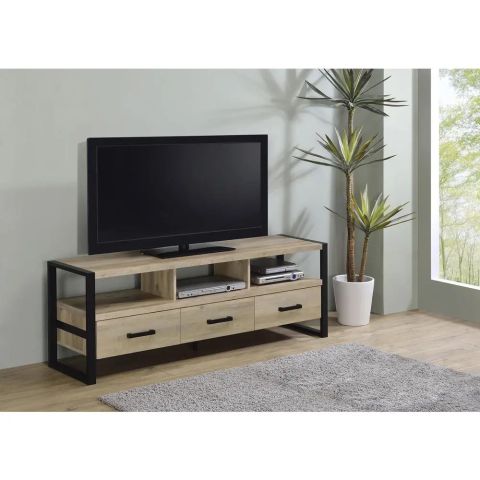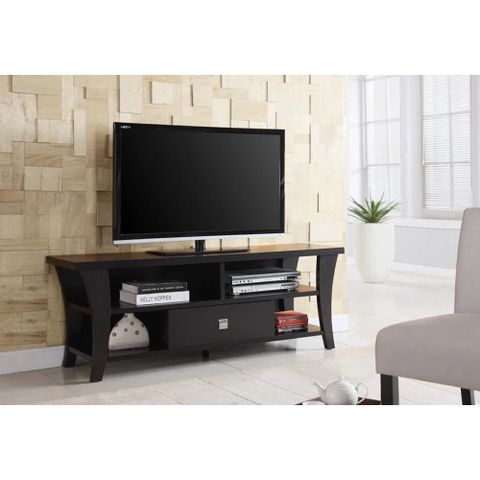Think about your favorite room in the house. Chances are, it’s somewhere you gather with family and friends. That’s exactly what modern entertainment centers are designed to do. They’re not just about putting a TV on the wall anymore. These spaces have evolved into the central hub of home life, where memories are made and connections are forged.
In today’s digital age, our living rooms have transformed into multifaceted entertainment sanctuaries. What used to be simple TV setups now encompass streaming devices, gaming consoles, sound systems, and all manner of tech gadgets. The challenge lies in creating spaces that accommodate this complexity while maintaining visual appeal and usability. Designers and homeowners alike face the task of balancing form and function in ways that feel both sophisticated and approachable.
Space Planning Essentials
Before diving into aesthetics, consider how you actually use your space. Start by measuring everything carefully. This includes not just the dimensions of your entertainment center itself, but also the room’s layout and traffic flow. Think about where people will sit, move around, and interact. A well-planned entertainment center shouldn’t block pathways or make it difficult to access other areas of your room.
The key is understanding the relationship between your seating arrangement and the screen placement. You want to avoid having people crane their necks or hunch over to see what’s on screen. Consider the viewing distance – a general rule is that the screen size should be about 1.5 times the distance from your primary seating area. This ensures comfortable viewing without straining your eyes or back.
Technology Integration
Modern entertainment centers are essentially technology hubs. This means planning ahead for cable management, power distribution, and future upgrades. The best approach involves concealing wires wherever possible. Use cable raceways, built-in conduits, or even painted-over holes to keep everything neat and out of sight.
Consider what devices you currently own and what you might want to add later. Smart home integration is increasingly common, so think about how your entertainment center might connect to lighting, climate control, and security systems. The goal is to create a seamless experience where technology enhances rather than overwhelms your space.
Many designers recommend installing outlets in strategic locations – not just for your current gear, but for potential future additions. You never know when that new streaming device or gaming console might arrive.
Storage Solutions
Good storage is crucial for keeping your entertainment center clutter-free. Think beyond just shelves – consider cabinets, drawers, and specialized compartments for different types of items. Gaming equipment needs secure storage, while books and decor require different approaches.
A popular strategy involves using tiered shelving to maximize vertical space. This creates visual interest while providing multiple levels for various items. Some designers prefer open shelving for displaying collectibles and decorative elements, while others opt for closed cabinets to maintain a cleaner appearance.
Don’t forget to plan for seasonal or occasional items. Maybe you need space for holiday decorations or travel souvenirs. Having flexible storage solutions allows you to adapt your entertainment center throughout the year without feeling overwhelmed.
Lighting and Ambiance
Lighting plays a huge role in setting the mood for your entertainment center. Too much bright light can wash out screens and make it hard to focus on content. On the other hand, too little light can create shadows and make the entire setup feel dark and unwelcoming.
Layered lighting works best. Start with ambient lighting – perhaps recessed ceiling lights or a soft overhead fixture. Then add task lighting for reading or working nearby. Finally, incorporate accent lighting to highlight specific items or create dramatic effects.
LED strips can be particularly effective around the perimeter of your entertainment center. They provide gentle illumination without competing with screen brightness. Many people find that dimmable options offer the most flexibility for different activities and moods.
Material and Finish Selection
The materials you choose for your entertainment center will impact both its appearance and durability. Wood finishes remain popular because they bring warmth and natural beauty to any space. However, they require more maintenance than some alternatives.
Metal accents can add contemporary flair, especially when combined with wood or glass elements. They’re often more durable and easier to clean, making them ideal for high-traffic areas or homes with children.
Glass components offer a sleek, modern look but require careful consideration of safety and cleaning requirements. They’re excellent for displaying items but may not be suitable for all households.
When selecting finishes, consider how they’ll age. Dark woods can show fingerprints and scratches more easily, while lighter tones might require more frequent cleaning. Choose materials that match your lifestyle and maintenance preferences.
Personalization and Style
Your entertainment center should reflect your personality and interests. This doesn’t mean it has to be flashy or overly decorated. Sometimes subtle touches make the biggest difference.
Artwork, photos, and personal collections can transform a functional space into something uniquely yours. Consider arranging items in groups rather than individually, which creates more visual harmony. Some people prefer to display items that tell a story or represent their hobbies.
Texture adds dimension to any design. Incorporate different materials like fabric, stone, or metal to create visual contrast. Even small details like decorative knobs on drawers or unique hardware can elevate the overall aesthetic.
Remember that personal style isn’t about following trends – it’s about creating a space that feels authentically you. Take time to curate items that genuinely speak to you, rather than simply copying what you see online.
Designing a modern entertainment center requires thoughtful consideration of multiple factors – from physical space and technology needs to personal style and lifestyle. The most successful setups balance practicality with visual appeal, creating spaces that serve their intended purpose while also bringing joy to those who use them.
The key is starting with a clear understanding of how you want to use the space. Then, build from there with careful attention to detail. Whether you’re designing a custom piece or shopping for ready-made furniture, remember that the goal is to create something that works for you today and adapts to your changing needs tomorrow. After all, your entertainment center should enhance your life, not complicate it.












